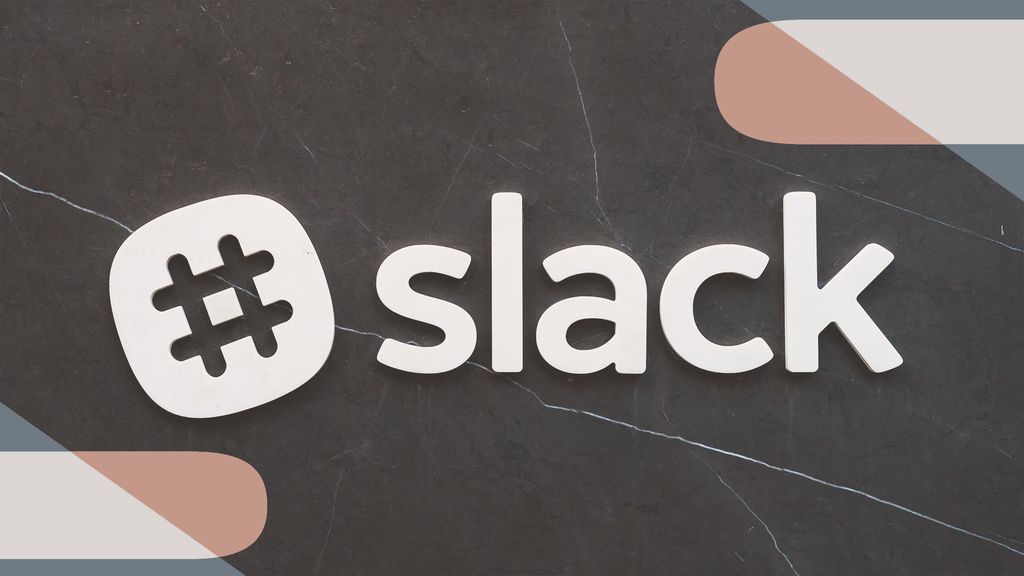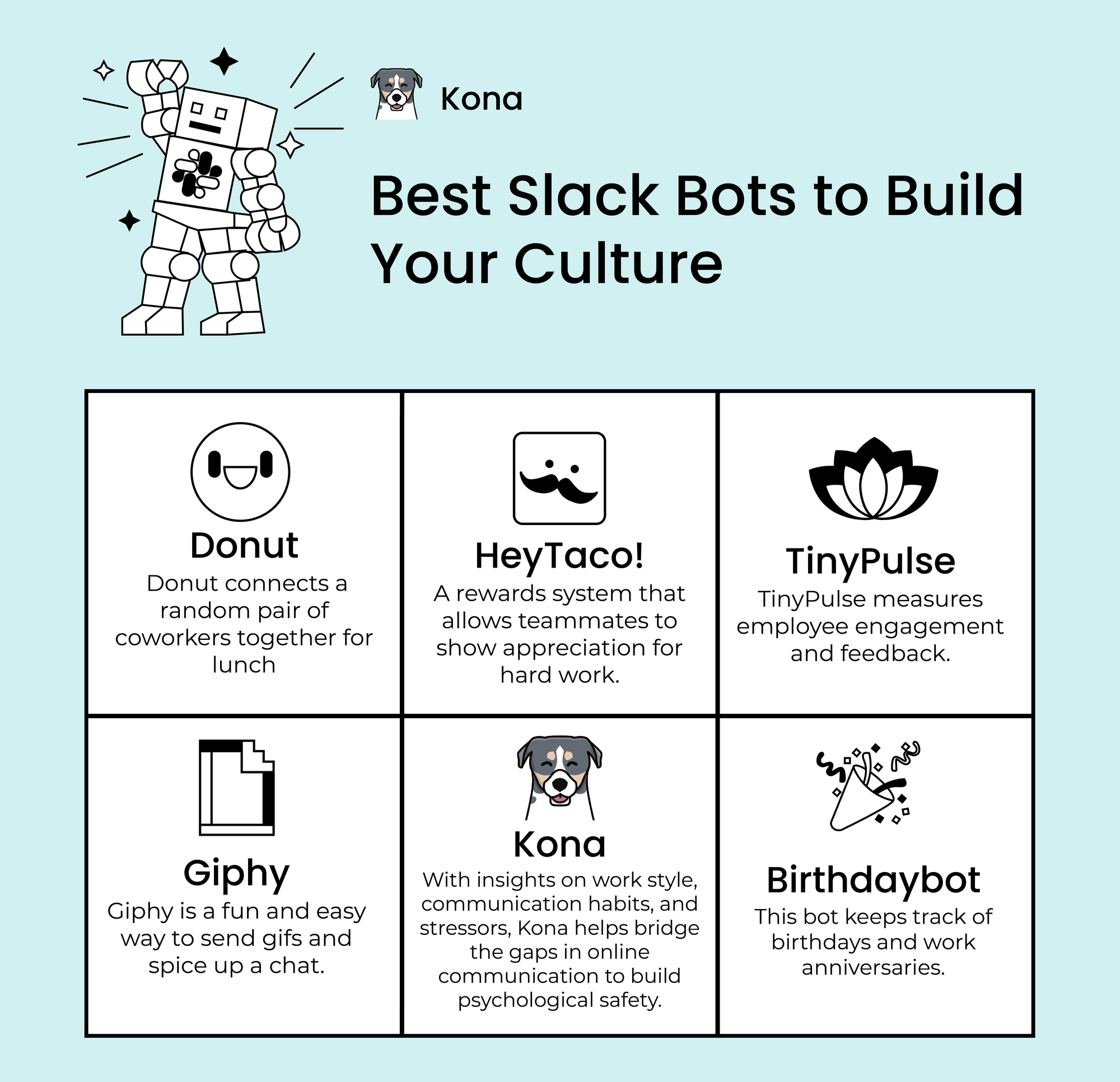How the Best Remote Teams Use Slack

by Corine Tan

Corine Tan is cofounder of Kona, a Techstars-backed startup building the culture platform for remote teams. She is a remote work influencer. This article, based on interviews with 200 fully remote companies, was previously published on the Kona website.
Among the 200-plus fully remote companies we interviewed, more than 80 percent used Slack as their main hub for communication. This trend echoes across the remote space as a whole as more companies realize they can accomplish as much in a Slack workspace as in a physical office. With channel segmentation, easy file sharing, and dozens of integrations, Slack has centralized company tool suites and real-time collaboration. It has so transformed the way we conduct asynchronous work that for many, it’s impossible to talk about remote team communication without mentioning Slack.
Though Slack was built with fully distributed teams in mind, it’s far from perfect. Ask any remote teammate, and you’ll hear groans about distracting notifications, too many channels, and time-consuming miscommunication. Some of these issues have to do with Slack’s limitations for handling teams at scale, the consequences of associating Slack activity with productivity, or the natural faults of online communication. At their core, though, these problems all stem from how we approach real-time messaging in a professional setting. The solution for happier teams is not to ditch Slack but to hack it.
We talked to a variety of remote companies about how they used Slack. Some had workspaces a thousand teammates strong, while others maintained a tight circle of fewer than ten. Regardless of their size, the most successful remote companies had Slack strategies they were proud of. Here are some tips that stood out:
For Quieting Notification Overload
Slack’s three-tap new message chime became background music to some of our interviews. It’s a familiar sound, signaling a road-blocking question or a crucial announcement or maybe a funny cat GIF. Remote teams constantly hum with this activity; in international asynchronous work, “constantly” is quite literal. Given that everything passes through channels and direct messages, it’s up to remote workers to stay up to date with Slack. Unfortunately, that often translates to taming an overwhelming amount of notifications and the distraction that comes with them.
Three strategies emerged for wrangling Slack notifications:
Solution Number 1: Prioritize Crucial Channels
A teammate from Cloudbeds, a partially remote hospitality software company, mentioned her frustrating impulse to clear Slack notifications as they popped up on her phone or desktop app. She found it nearly impossible to stay on top of every message while still knocking out her daily action items. Her solution was to prioritize role-specific channels and silence the rest until the end of the day. She spoke with her manager to confirm her top channels and saved the others for future reference.
Solution Number 2: Set Aside Time to Catch Up
Remote companies that prize async work and coworker trust often allow for more breathing room when it comes to writing responses. For a teammate at Knack, this meant setting aside 15 minutes at the beginning and end of each day to catch up on Slack notifications. He kept all channels snoozed and received updates on only direct messages and mentions, in case something urgent came in. He got to the rest of the messages in batches, allowing undisturbed hours for his deliverables.
Solution Number 3: Silence Notifications Completely

A teammate at Bandcamp silenced all notifications entirely. This tactic took us by surprise—what about urgent messages and potential bottlenecks? She wasn’t alone, however, as several other teams silenced their work spaces as well. It’s important to note that this approach was not the same as abandoning the company chat. Instead, it helped workers check notifications on their own terms. Eliminating notifications took away the five-second break in focus and lessened the pressure of the red dot when it was time to answer.
The Case for Public Channels
Many of the remote companies we talked to encouraged coworkers to post issues, customer questions, and projects in public Slack channels. Surprisingly, this pattern was more common as companies got larger. Rather than viewing public channel messages as company-wide spam, the companies often saw them as opportunities for collaboration and open discussion. In retrospect, this practice has a lot to do with fostering common remote culture values, like transparency and trust.
Public = Leading by Example
Public channels are prime avenues for transparency. Thanks to Slack’s message history and easily accessible threads, coworkers can read through though processes and trace the root of decisions. For managers and contributors alike, this feature has a huge impact on developing understanding and trust.
At StackOverflow, one manager saw firsthand on a public Slack channel how the CEO valued remote work by working out accommodations for an important Zoom meeting. At Chess.com, an individual contributor mentioned his openness to posting questions on a public channel because he figured other coworkers might have similar issues. With a public channel, everyone in the company, regardless of their role, can stay in the loop.
DMs and Group Private Messages Kill Collaboration
GitLab’s Remote Handbook delves into the downsides of private messages, stating:
Private messages discourage collaboration. You might actually be contacting the wrong person, and they cannot easily redirect you to the right person. If the person is unavailable at the moment, it is less efficient because other people cannot jump in and help. Use a public channel and mention the person or group you want to reach.
Keep in mind that GitLab’s public channels can be hundreds of people strong. Transparency at scale is preferred; the company encourages its workers to message public channels or create one as necessary. By keeping everything out in the open, GitLab managers can encourage open dialogue and keep track of issues as they arise.
Fun Channels Rock
Our interviewees at Buffer, Cloudbeds, and Knack smiled most widey while talking about their favorite Slack channels. These included delightful topics such as #dogs, #mycat, #whereImWorkingToday, #familynews, and more. The point was to share photos of pets, outlandish work settings, and personal milestones to build tight coworker relationships “outside the virtual office.” Some of the teammates we interviewed shared stories of long-distance friendships that had sprung from a message on these fun channels.
Remote managers also saw a lot of value in “water cooler conversations” as a means of developing remote coworker relationships. We spent last week discussing loneliness and the need for deliberate social interaction, and fun channels provide a great solution. When coworkers identified common interests, they reported getting more buy-in for a decision and trusting their coworkers with tasks. In the long run, this created a more positive work environment and easygoing communication on Slack.
The Slackbot Tool Kit

Slack’s app marketplace makes it easy to add integrations and features to existing work spaces. Among the users we interviewed, the following were some favorites that they mentioned again and again:
Donut is a fun Slackbot for building team relationships. It connects a random pair of coworkers for lunch or coffee to encourage non-work-related conversation.
HeyTaco!
HeyTaco! is a quirky rewards system that allows teammates to send taco emojis and nice messages to show appreciation for hard work, with a limit of five tacos per day. It helps teams become closer by encouraging them to practice gratitude.
TinyPulse
TinyPulse measures employee engagement and feedback. Taking NPS scores and various other feedback, TinyPulse delivers continuous feedback on teams to take a pulse while miles apart.
And Kona!
Kona helps remote teammates bond and open up about their emotions. Read the room while working remotely, and keep tabs on team wellness with daily check-ins in Slack.









